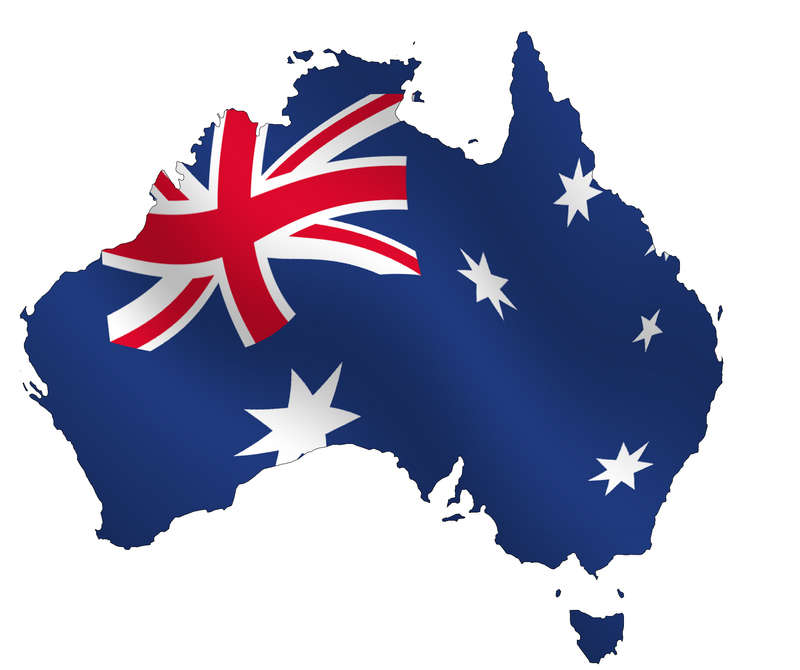New rules for dark trading and HFT in Australia
Australia’s Securities and Investments Commission has set out a series of final rules on dark liquidity and high-frequency trading that it says will create a more stable market.
Under the rules, operators of crossing networks must publish information about their systems on a website, and disclose to clients how the system operates. They must identify the crossing system in trade information for wholesale clients and whether they traded as principal. In addition, tick sizes in crossing networks must be the same as in lit markets, and crossing networks cannot discriminate between users.
From May 2014, crossing system operators will be obliged to monitor trading activity on their systems. Crossing systems will also be subject to system and control requirements for automated order processing. There will be tougher conflict of interest obligations, and market participants must protect confidential client information.
ASIC has also beefed up the rules for high-frequency trading, especially the sections on manipulative trading. From November, market participants must now consider additional circumstances including the frequency of orders, the volume of products that are the subject of each order and the extent to which orders are cancelled or amended. In addition, manipulative trading rules have been harmonised with the same requirements across the ASX 24 market as well as ASX and Chi-X Australia from February 2014.
“The final rules follow extensive internal analysis and consultation with industry and will improve the transparency and integrity of crossing systems and strengthen the requirements for market participants to deter market manipulation,’ said Cathie Armour, commissioner at ASIC. “We expect the new rules will quickly lead to changes in the behaviour of market participants, building on the positive changes we have already seen with other recent rule changes and the work of ASIC’s taskforces on dark liquidity and high frequency trading.
Armour added that there has been a significant decline in the volume of dark liquidity below block size as a result of the meaningful price improvement rule introduced in May this year, and claimed that Australia has experienced a “considerable drop” in small and fleeting orders.
Other markets such as Canada also have price improvement requirements, under which an order must be submitted to the lit markets unless it can be shown that trading in a dark pool would offer meaningful price improvement, usually demonstrated by crossing at the mid-point above a pre-defined order size.
Meanwhile, controls on HFT have been harsher in some European countries, such as Italy and France, each of which have their own unilateral controls. In France, HFT has been hit by the transaction tax introduced in May, while in Italy, firms that cancel more than 1 in 100 orders are hit by extra charges. In Germany, HFT firms are required to register with the authorities and disclose details of their trading algorithms and strategies to the regulator.












































